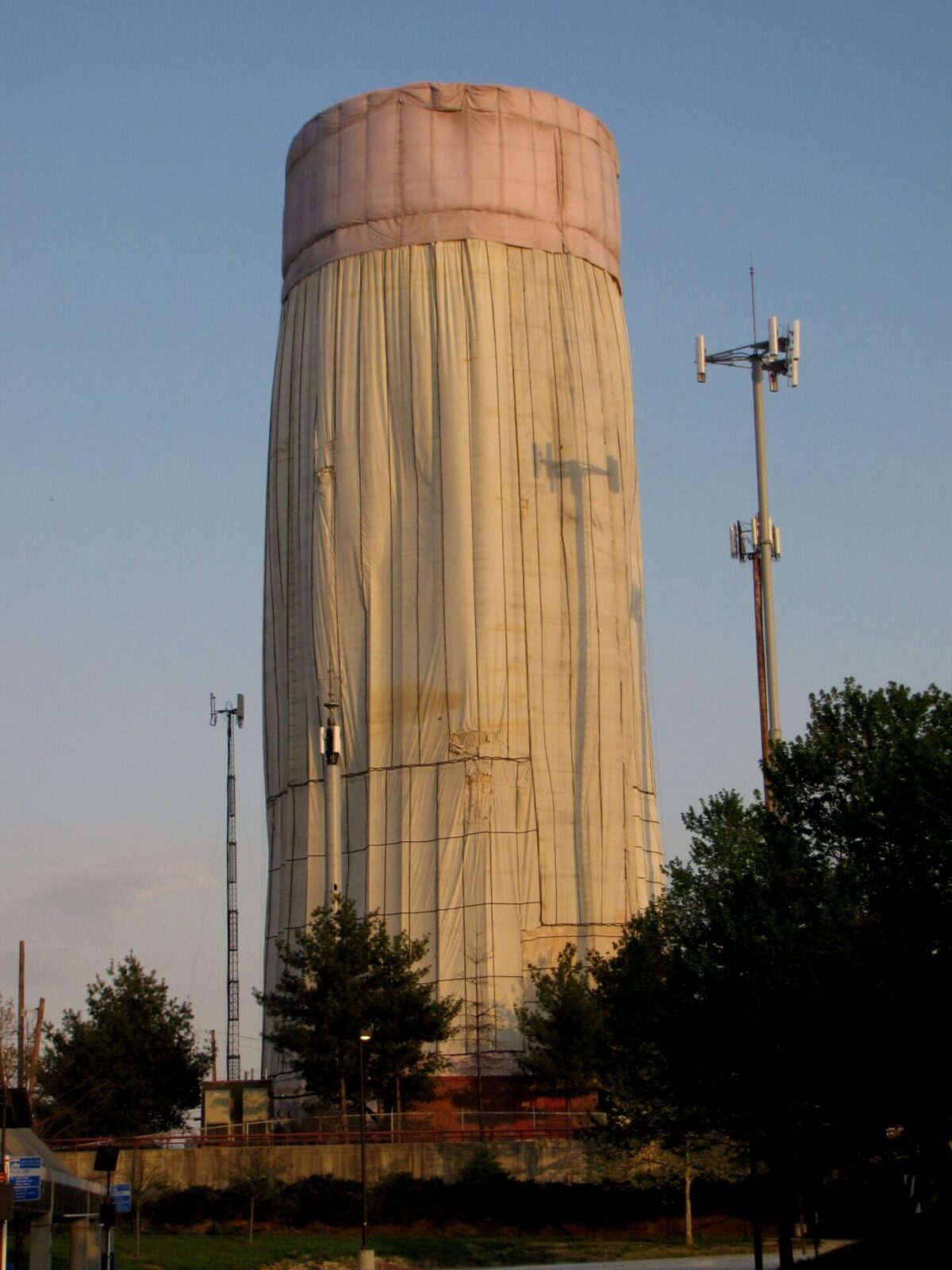Best Practices for Water Tower Painting and Safety

Posted on June 24, 2024 by Brent Phillips
In many communities, water towers serve as beacons to advertise hometown brands that provide essential freshwater storage and distribution. Over time, these structures get worn down by environmental elements that leave the towers in need of repair or maintenance, including:
- Internal and External Inspections
- Sandblasting to Remove Old Coatings
- Welding Repairs
- Replacement Parts
- Installation of Mitigating Systems
- Application of Protective Coatings
However, the application of protective coatings poses certain safety risks. In today’s blog, we’ll explore the best practices for making water tower painting safe, ensuring the well-being of workers, and the longevity of these vital infrastructures.
Assessing the Scope and Risks
Before any repairs and painting can begin, a certified tank inspector must thoroughly assess a water tower’s condition to identify any associated risks. A comprehensive inspection not only identifies potential hazards, such as lead-based paint, structural weaknesses, and environmental influences but also instills confidence in the project’s safety.
Proper Safety Equipment and Training
Equipping workers with the proper safety gear is paramount to mitigating risks during water tower painting. The sheer height of these towers necessitates personal protective equipment (PPE), including:
- Welding Helmets
- Welding Gloves
- Body Harnesses
- Protective Eyewear
- Respiratory Protection
- Steel-toed Work-boots
Additionally, comprehensive training programs that address specific hazards and safe work practices should be implemented.
Preparation and Planning
Proper planning is fundamental to ensure safety during water tower painting. The significance of developing a detailed work plan includes considerations for weather conditions, containment measures to prevent environmental contamination, and the use of proper scaffolding or elevated work platforms.
However, in those rare cases, water towers may need to be enclosed during the protective coating application process to protect the surrounding communities from volatile organic compounds (VOCs). For this reason, respiratory protection, like a welding-powered air-purifying respirator (PAPR), is critical PPE for tower painters.
Compliance With Regulatory Standards
Adhering to regulatory standards and guidelines is an essential part of maintaining safety during water tower painting projects. Following the guidance of the Occupational Safety and Health Administration (OSHA) regulations and any local or state requirements is crucial to avoiding the loss of life and limb.
In addition, there are the Environmental Protection Agency’s (EPA) standards and the Association of Materials Protection and Performance (AMPP) standards. Although very few water towers in the United States still have lead-based paint, those remaining few must meet the EPA’s and AMPP’s standards.
Collaboration and Communication
Successful water tower painting projects are a team effort that requires effective collaboration and communication between all involved parties. Your input and active participation in clear communication channels and regular safety meetings foster a culture of on-site safety, preventing accidents and addressing concerns promptly. Your role in this process as a municipal water asset manager is invaluable.
The Importance of Hiring A Tank and Tower Expert
Ensuring safety during water tower painting is of the utmost importance to protect workers and maintain the integrity of a municipality’s vital infrastructure. A practical choice is to hire the tank and tower experts at Cunningham Inc., who can schedule your municipality’s water tank inspection today by calling (620) 848-3030.
They are certified tank inspectors who meticulously plan and coordinate the safe and timely repair of water towers to comply with all industry, federal, and local regulatory standards. The process is best achieved by fostering collaboration and communication with city water managers to make water tower painting a safe and successful endeavor.